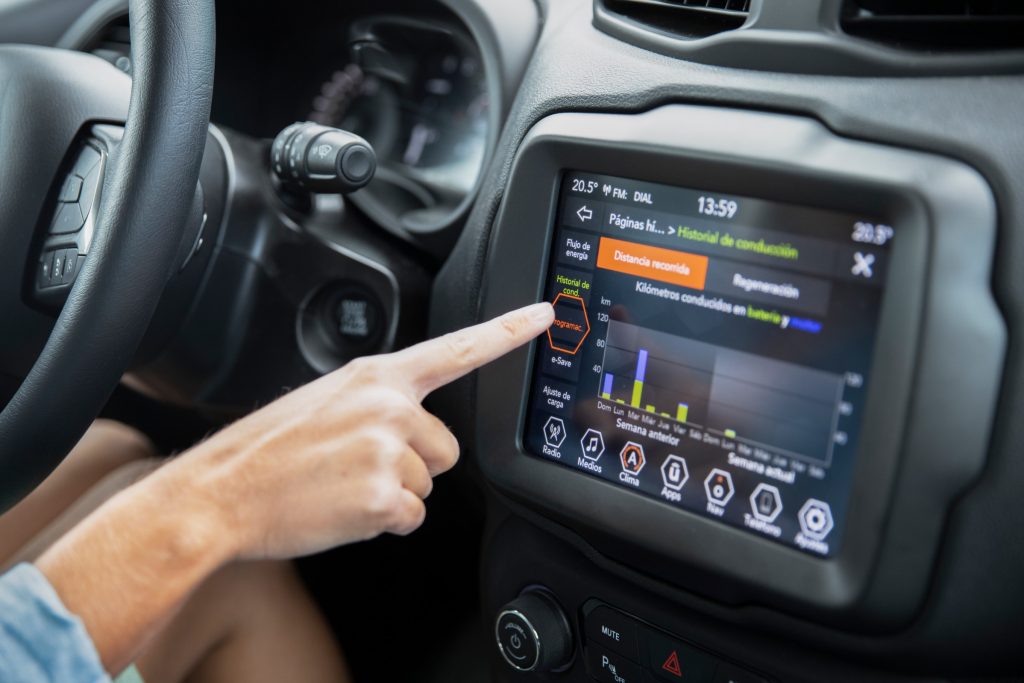Soon, new cars will offer better infotainment systems, thanks to Samsung starting production of UFS 3.1 memory dedicated to the automotive industry.
Car memories
The new memory for car electronics will come in three sizes: 128, 256 and 512 GB. The main advantages of the line based on UFS 3.1 (Universal Flash Storage) technology is primarily higher energy efficiency combined with higher read and write speeds. Why should an element that we associate more with computers, consoles and smartphones be so important in the modern automotive industry?
Compared to cars from, say, 20 years ago, a lot has changed. From combustion engines, where complicated driver assistance systems were reserved only for the most expensive models in premium brands, we are moving to electric vehicles with a number of assistants and radars, even in small city models. Many people today may be shocked by the factory-loaded TikTok application in new Mercedes , but this is the future of the automotive industry. New Samsung memory dedicated to cars will be useful for such solutions.
Samsung in my car
Samsung’s new UFS 3.1 memory addresses a range of customer needs for optimized IVI (In-Vehicle Infotainment) systems, while also following the trend of next-generation memory requiring higher ESG standards. We plan to expand our presence in the automotive semiconductor market by introducing our UFS 3.1 solution for Advanced Driver Assistance Systems (ADAS).Hyunduk Cho, Vice President of Memory Production Planning Team at Samsung Electronics
The new memory offers a maximum sequential write speed of 700 MB/s and a maximum sequential read speed of 2000 MB/s.
Compared to the previous generation of memory, the new model with 256 GB of onboard space consumes 33% less electricity. In addition, the technology meets the requirements of AEC-Q100 Grade2, a standard for automotive semiconductors that guarantees stable performance in the temperature range from -40
∘ C to +105
∘ C.
The new UFS 3.1 memory should reach car and auto parts manufacturers by the end of this year.
What interesting times we have lived in, since the type of memory is no longer of interest to us only in telephones and computers, but also in what we drive or will drive.
